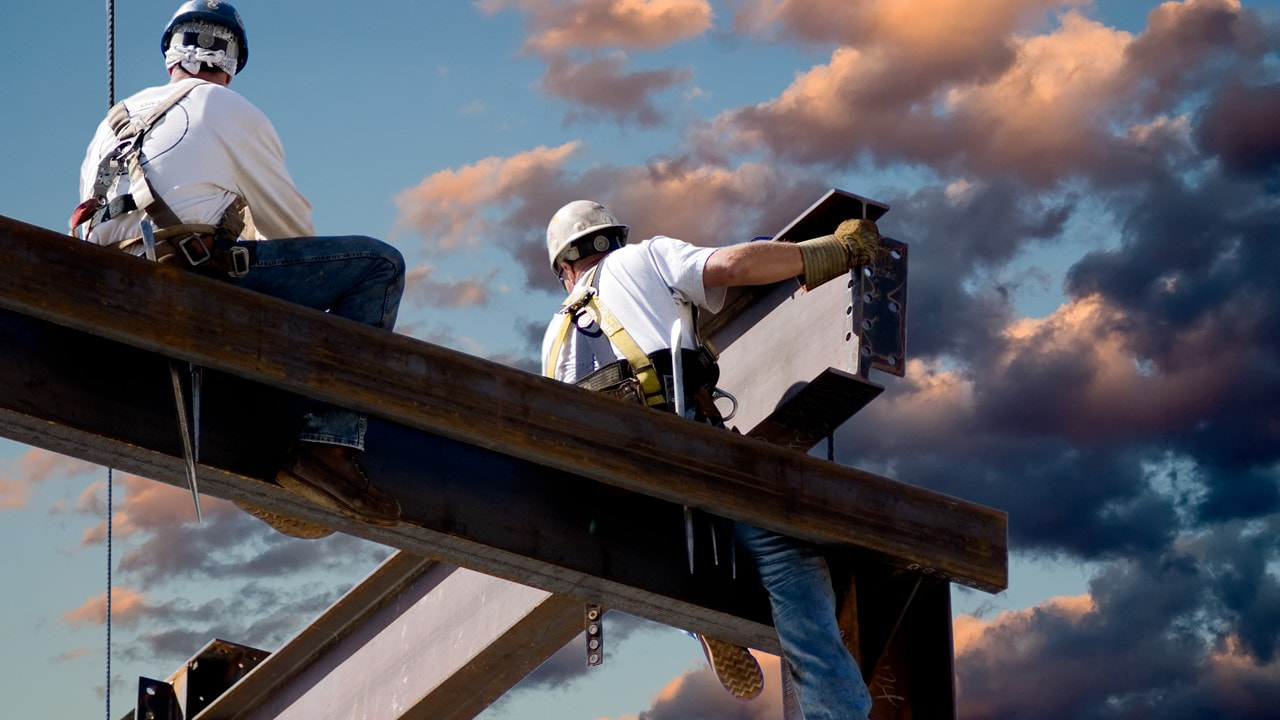|
Each year, the Occupational Safety and Health Administration (OSHA) tracks and shares its most frequently cited standards. OSHA hopes that by releasing this enforcement data, businesses will take steps to identify and address potential safety issues. For the 2019 fiscal year, the 10 most frequently cited standards from 2018 all remained on the list, although their order changed slightly. The following list includes more information on the most common citations during the 2019 fiscal year. Top 10 OSHA Violations 1. Fall Protection (29 CFR 1926.501) Fall protection topped the list of most frequently cited OSHA standards for the ninth consecutive year. Falls from ladders, roofs and other heights continue to be the leading cause of injuries at work, so identifying fall hazards and making sure that you are doing everything in your power to protect your workers should be a top priority. Some safety precautions that you should always consider implementing include guardrails, safety nets and personal fall protection systems. It is important that employees are properly trained in the use of this equipment and that your workplace also has good general safety practices. 2. Hazard Communication (29 CFR 1910.1200) Hazard communication has been in the No. 2 spot on this list for several years. OSHA standards require that businesses keep track of hazardous chemicals in the workplace in order to keep their employees safe. This standard applies to chemicals either produced or imported into the workplace. Companies are often cited for failing to develop or maintain a proper written training program, inadequate training and not providing safety data sheets for each hazardous chemical that employees will be dealing with. 3. Scaffolding (29 CFR 1926.451) Scaffolding violations have been toward the top of OSHA’s most frequently cited standards throughout the past decade. Many scaffolding violations stem from a lack of guardrails, improper decking and supported scaffolds being positioned on inadequate foundations. 4. Lockout/Tagout (29 CFR 1910.147) Lockout/tagout (LOTO) moved up to the fourth-most cited OSHA standard for the 2019 fiscal year from fifth in 2018. LOTO refers to safety procedures and practices used to prevent machinery or equipment from unexpectedly starting and potentially injuring employees. Employers were often cited for inadequate training, not regularly evaluating their procedures and for notestablishing an energy control procedure at all. Employees who use mechanical or electrical equipment face the greatest risk of injury if LOTO is not properly implemented. 5. Respiratory Protection (29 CFR 1910.134) OSHA standards require employers to establish and maintain a respiratory protection program. Proper respiratory protection helps to keep employees safe from hazards such as oxygen-deficient environments and harmful dusts, fogs, smokes, mists, gases, vapors and sprays. Such hazards can lead to cancer, lung problems and death. In 2019, employers were frequently cited for failing to provide medical evaluations, not conducting required fit testing and not having an established program. 6. Ladders (29 CFR 1926.1053) Ladder violations often stem from inadequate siderails for a landing surface, use of defective ladders, improper use and using the top rung of the ladder as a step. The main factors that lead to injuries are a lack of training and a disregard for safe ladder practices. 7. Powered Industrial Trucks (29 CFR 1910.178) Each year, thousands of workers are injured in accidents involving powered industrial trucks—especially forklifts. Many of these injuries occur when trucks are driven off loading docks, or fall between docks and unsecured trailers. Injuries also often stem from being struck by lift trucks or falling from elevated pallets and tines. Common violations included defective or damaged trucks not being removed from service, failing to evaluate operators every three years and failing to retain certification. 8. Fall Protection Training Requirements (29 CFR 1926.503) OSHA standards require employers to train employees on identifying potential fall hazards and fall protection procedures. Employers were often cited for not providing training to employees, not certifying the training in writing, and inadequate training or retraining. According to OSHA, training should include the use of fall protection methods such as guardrails, safety nets and personal fall arrest systems, and employers should also verify that employees completed the training by keeping written certification records. 9. Machine Guarding (29 CFR 1910.212) Moving machine parts can cause serious workplace injuries, such as amputations, crushed fingers or hands, burns and blindness. Proper machine guarding is an important part of reducing these risks. Failing to guard points of operation, ensure that guards are securely attached and properly anchor fixed machinery were among the common violations for this standard. 10. Eye and Face Protection (29 CFR 1926.102) Eye injuries cost employers millions of dollars each year due to medical expenses, workers’ compensation and lost production time. It is important that employees are provided with appropriate eye and face protection to stay safe from chemical, mechanical, environmental and radiological hazards. Common violations include not providing adequate protection in environments with flying objects, caustic hazards, gases and vapors, as well as failing to provide equipment with side protection. TWFG Spring / The Woodlands | (281) 466-1310 | www.insuringhouston.com Workmans Compensation Insurance- Commercial Insurance - Spring, Tx - TWFG Spring / The Woodlands
1 Comment
|


 RSS Feed
RSS Feed